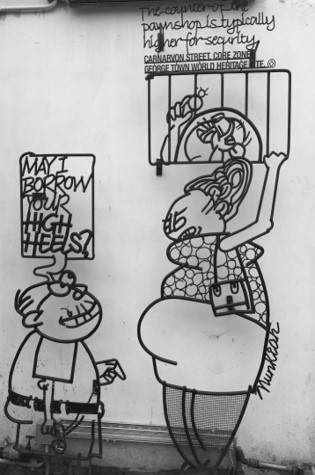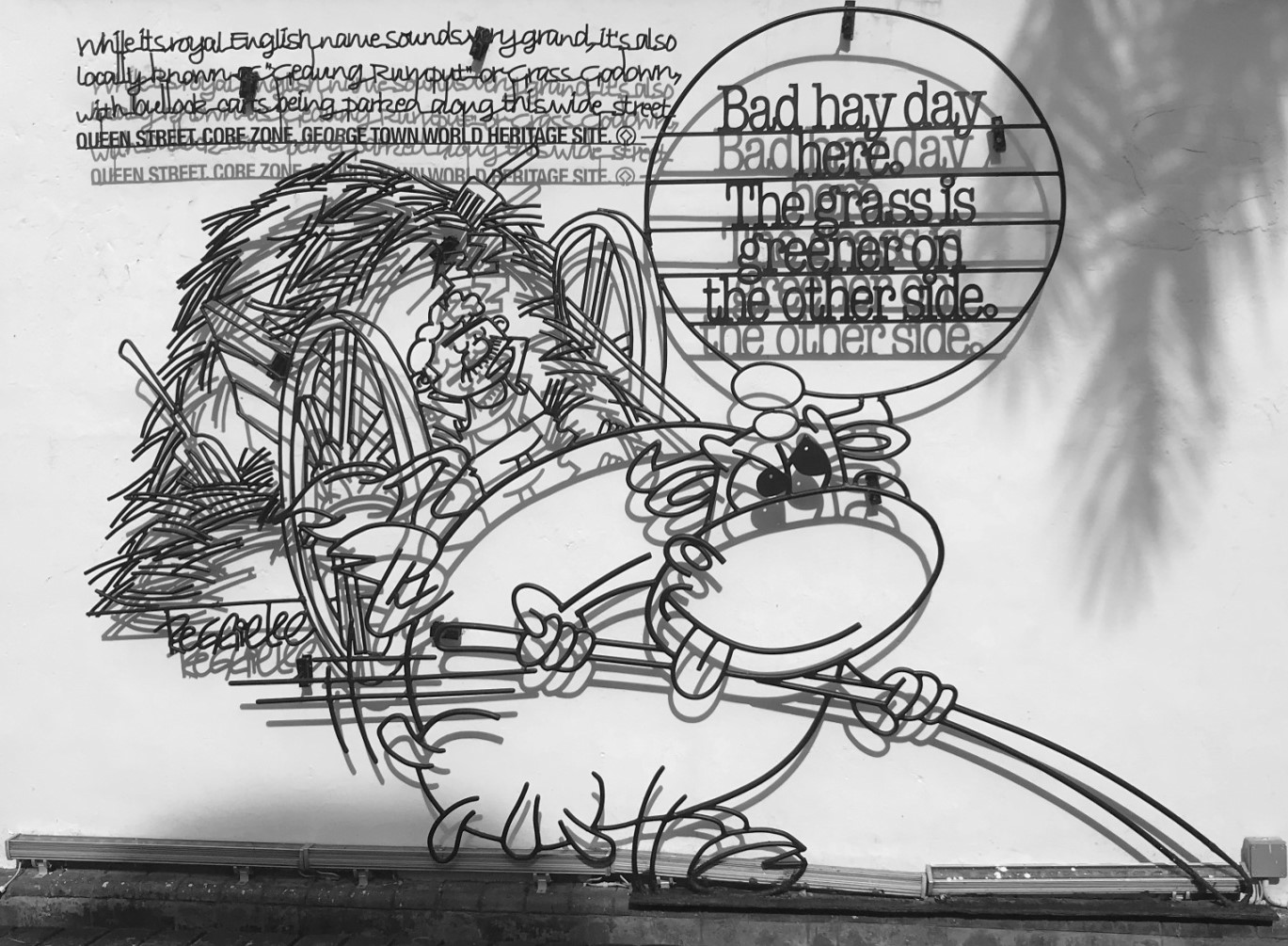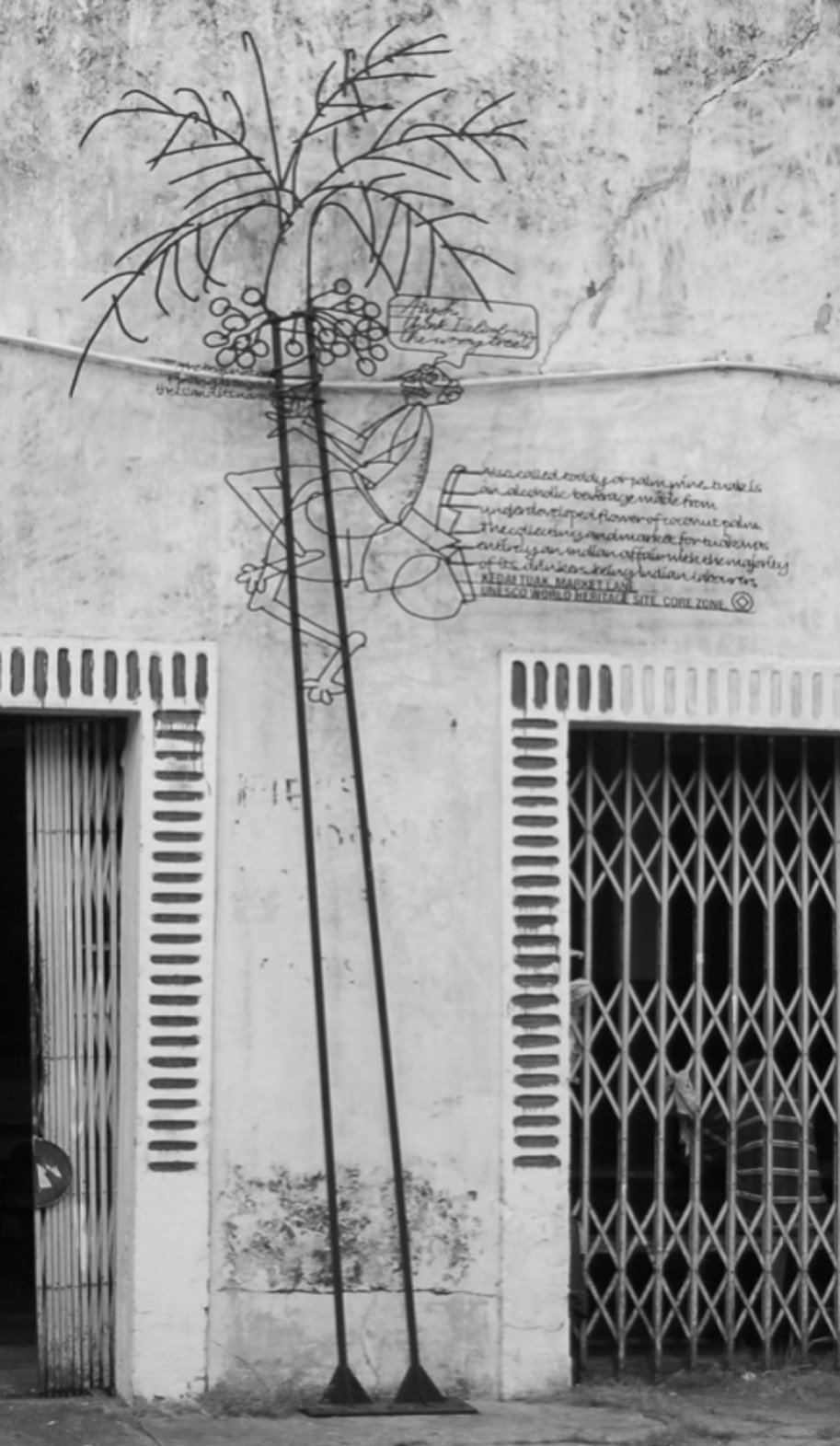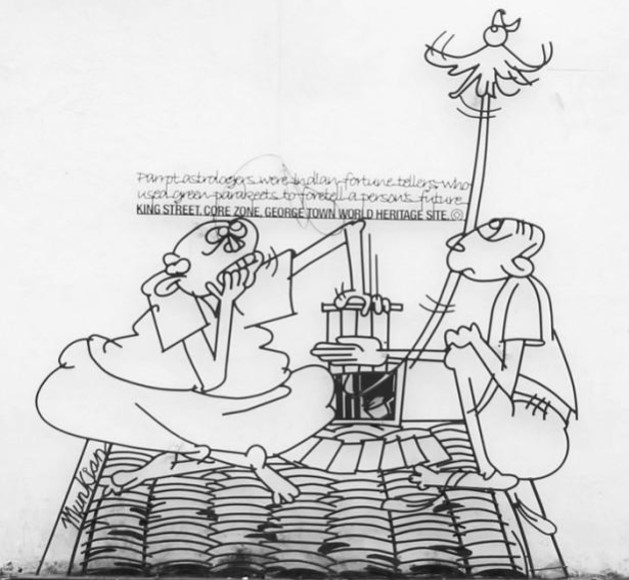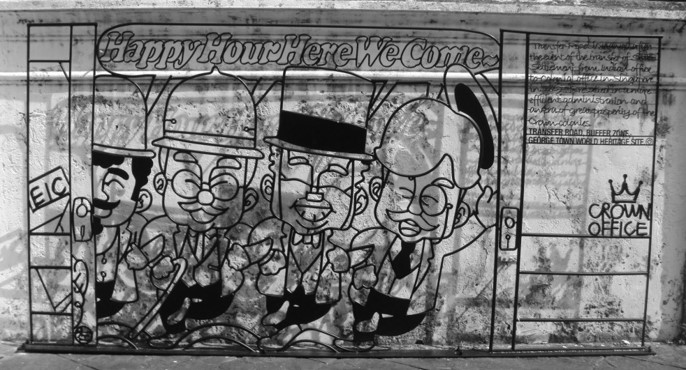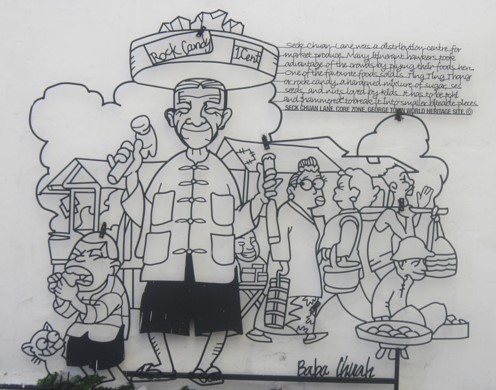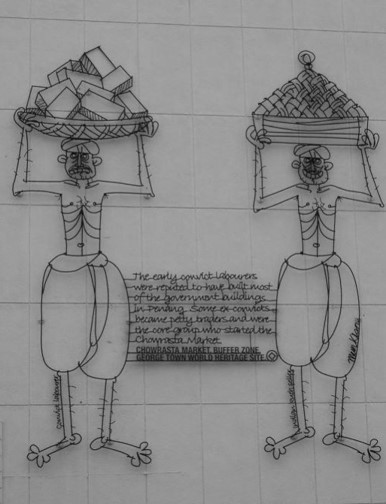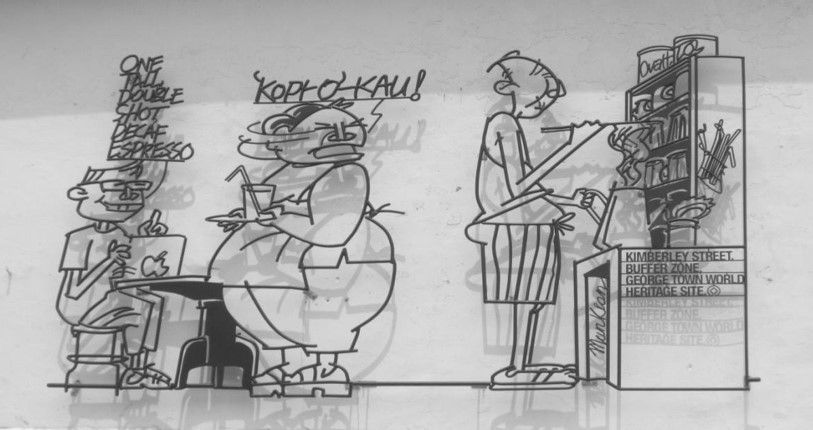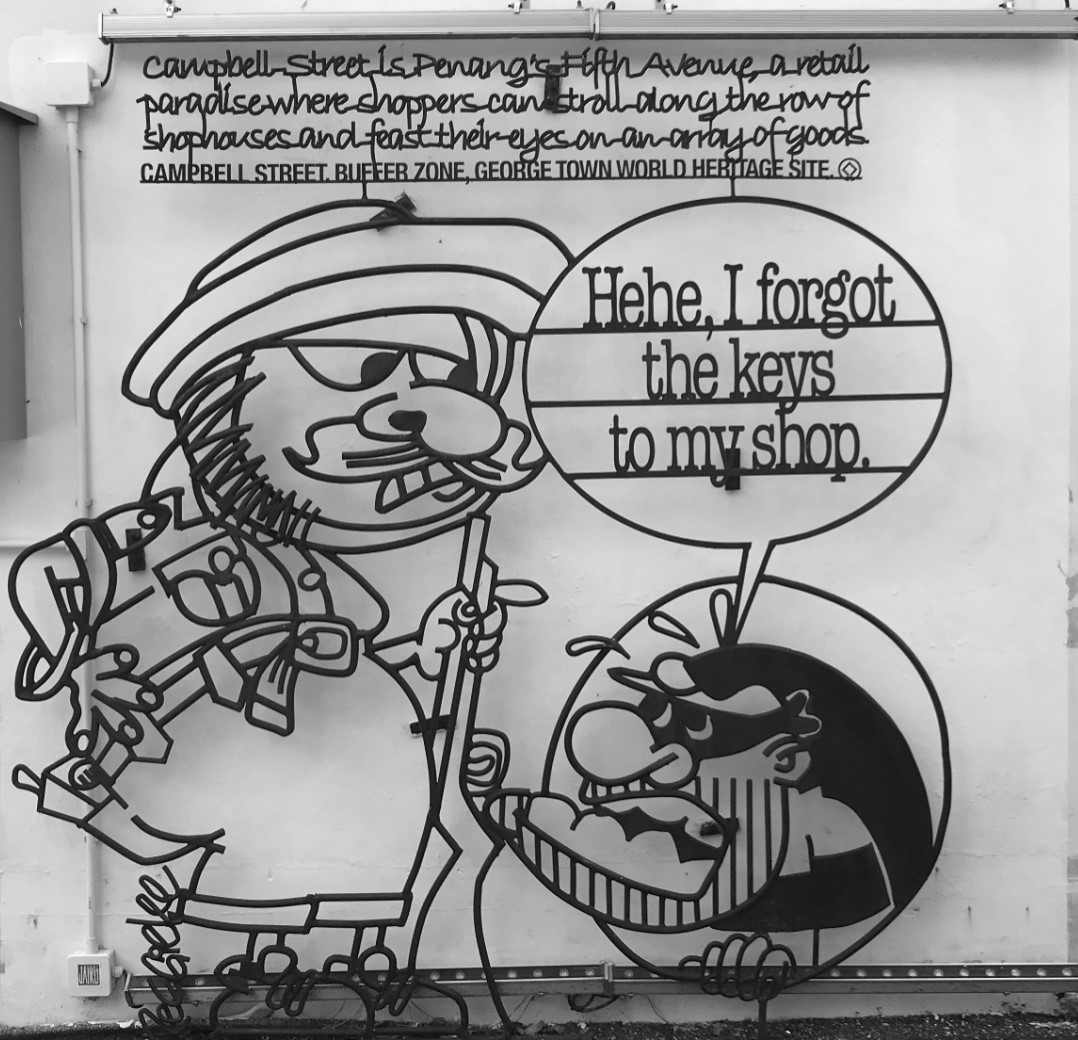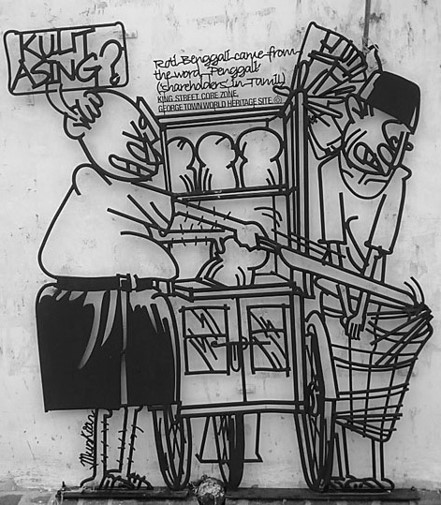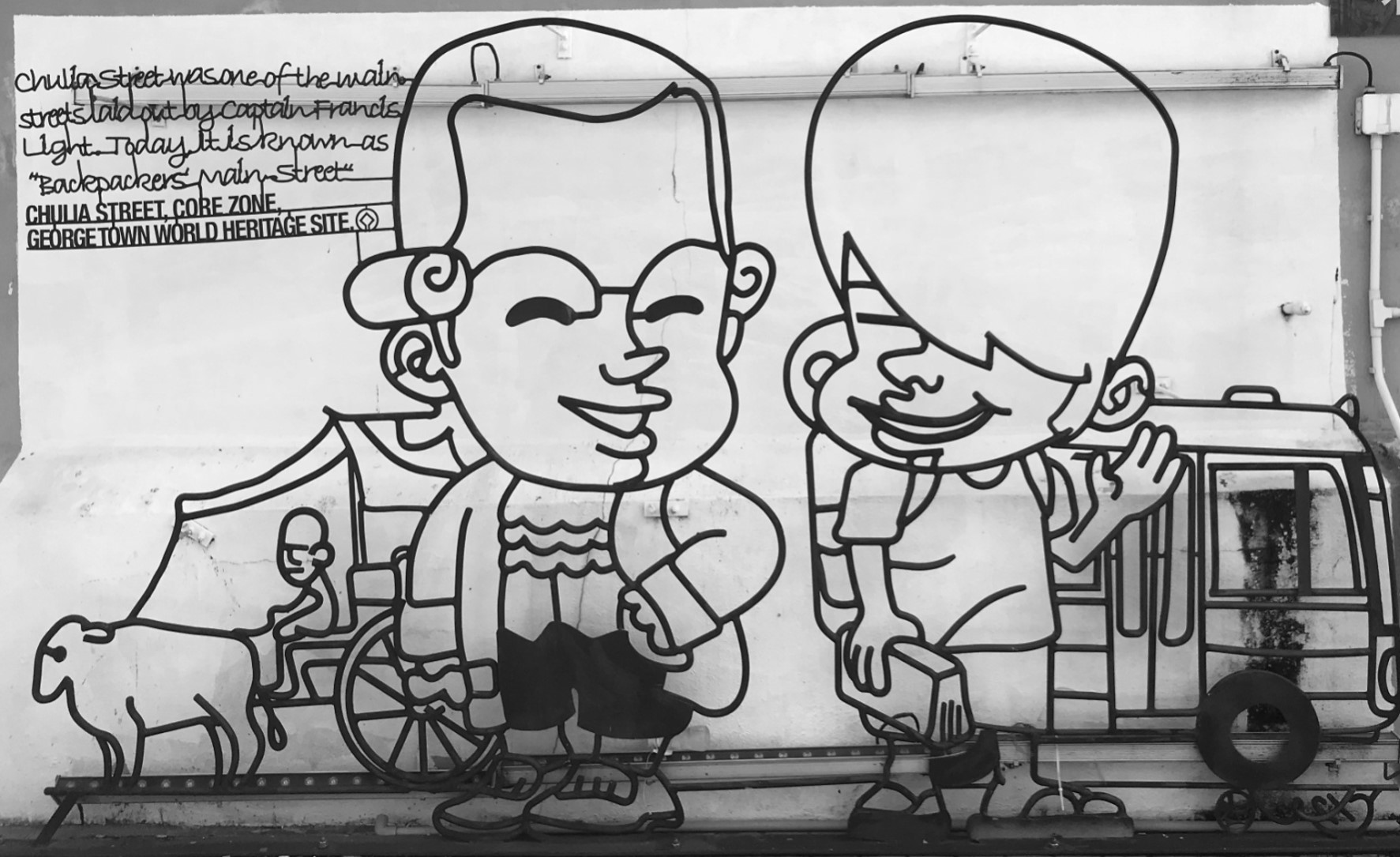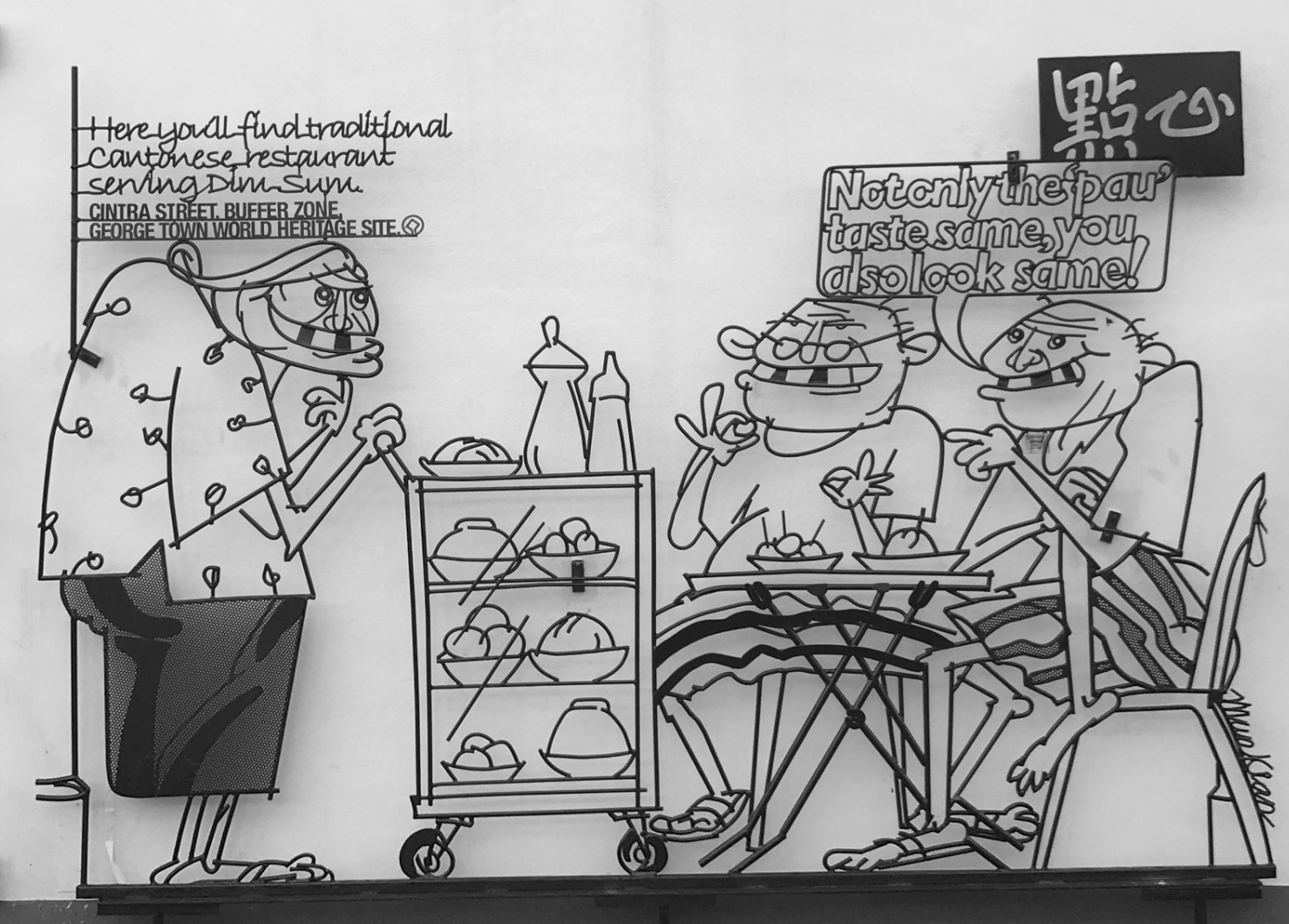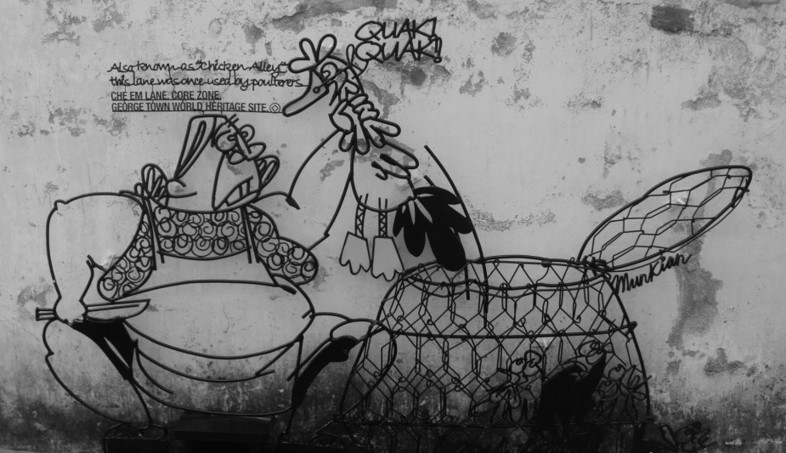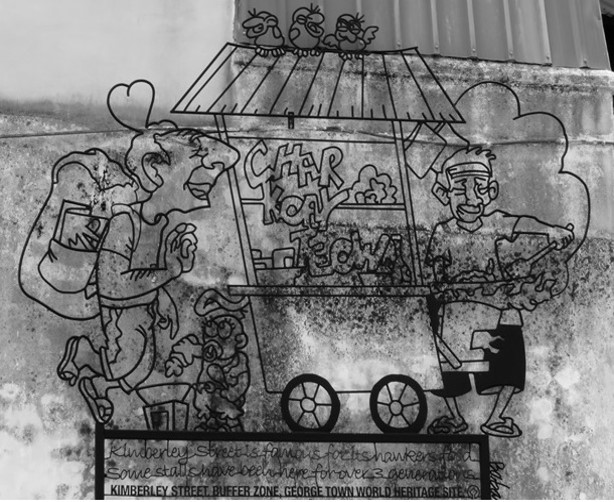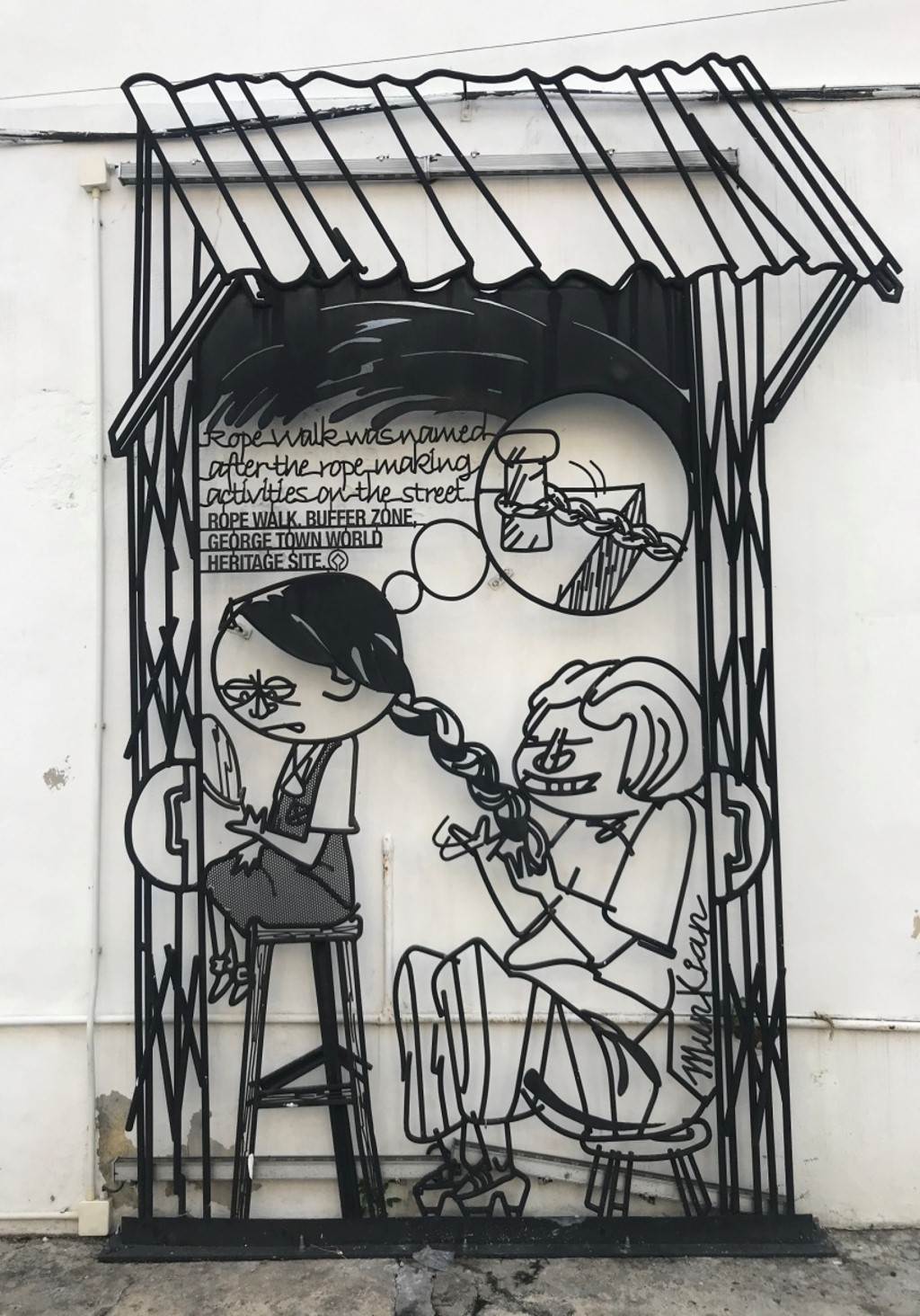Arca
03 July, 2024
Page 2 of 4
Page 2 of 4
-
SCULPTURE 16 : HIGH COUNTER
ADDRESS : NO. 313 LEBUH CHULIA
-
SCULPTURE 17 : GEDUNG RUMPIT
ADDRESS : NO. 91 LEBUH CHINA
-
SCULPTURE 18 : WRONG TREE
ADDRESS : KEDAI TUAK LORONG PASAR
- SCULPTURE 19 : UNTRAINED PARAKET
-
SCULPTURE 20 : NO MORE RED TAPE
ADDRESS : NO. 10 JALAN BURMA
-
SCULPTURE 21 : TING TING THONG
ADDRESS : NO. 235 LEBUH CHULIA
-
SCULPTURE 22 : LABOURER TO TRADER
ADDRESS : CHOWRASTA MARKET
-
SCULPTURE 23 : KOPI ‘O’
- SCULPTURE 24 : RETAIL PARADISE
-
SCULPTURE 25 : ROTI BENGGALI
ADDRESS : NO. 58 LEBUH PASAR
-
SCULPTURE 26 : MAIN STREET
ADDRESS : NO. 71A JALAN MASJID KAPITAN KELING
-
SCULPTURE 27 : SAME TASTE SAME LOOK
ADDRESS : NO. 96 LEBUH CAMPBELL
-
SCULPTURE 28 : DUCK
ADDRESS : NO. 68 LEBUH PANTAI
URL: SCULPTURE 28 DUCK
-
SCULPTURE 29 : 3 GENERATIONS
ADDRESS : NO. 143 LEBUH KIMBERLY
- SCULPTURE 30 : ROPE STYLE
Page
 MS
MS  EN
EN 
